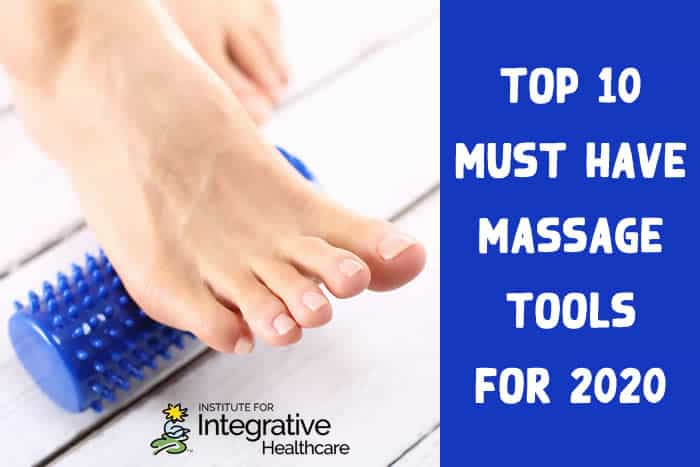

Every massage therapist can benefit from having a few tools at their disposal to help facilitate effective treatment plans. Here are the top 10 tools to accomplish this goal!
1. Massage Cups
These tools have become popular in mainstream society. Myofascial release efforts are made easier with utilizing cups properly. Cupping is becoming amongst the most requested services in our country. The marks remaining upon the skin days after treatment become an easy marketing tool in themselves. Benefits of cupping include reduced pain, increased range of motion, and enhanced sense of well-being.
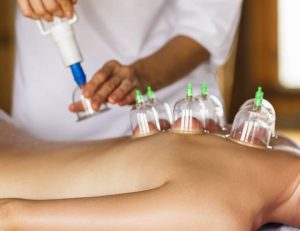
2. Scraping Tools
Scraping is a method designed to reduce adhesions within the skin, muscles, and fascia. Chinese medicine based Gua Sha scraping tools may be created from stones such as jade and quartz. Many massage product companies offer scraping tools made of metals such as steel. Scraping tools can boost circulation of blood and lymph as superficial adhesions are reduced. Be aware of how skin lesions appear upon your client.
3. Foam Rollers
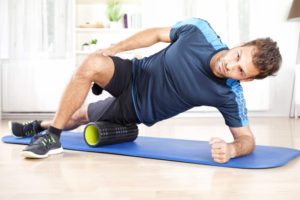
Using foam rollers in massage practice can be a mild alternative to the first two items on this list. Lengths, diameters, and density of foam can vary to accommodate many types of bodies. Wrapping your foam roller in a pillowcase or towel will prevent skin oils from breaking down your foam in massage practice. Benefits include reducing myofascial restrictions, improving range of motion, softening muscles which are chronically tight, and overall relaxation.
4. Self-Care Tools
With the physical demands of our industry, owning self-care tools is imperative. There are many types of self-care tools that are beneficial in reducing the “wear and tear” upon our bodies. The classic Thera-Cane tool with its curved design allows one to address knots in our backs that a corner of a wall cannot address. Foot rollers can stimulate foot muscles and break up tight plantar fascia after standing all day. Thumb savers, compression bandages and guards of varying sizes can be worn to prevent overuse injury to your thumbs, wrists, and elbows. Resistance bands can be used to either stretch or strengthen key muscle regions such as pectorals, triceps, and glutes. Softer balls or gripping devices one can squeeze can strengthen hand and flexor muscles.
5. Essential Oils
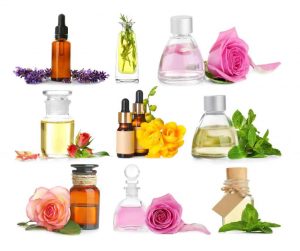
Essential oils can be a beneficial addition to massage practice to aid in stress relief efforts. Many clients appreciate the fragrance aspects of aromas added to the therapist’s base oils. Amongst the most popular stress relieving oils are: Lavender, Rose, Ylang Ylang, Bergamot, German Chamomile, Melissa, Jasmine, Clary Sage, Neroli, and Basil. Citrus oils tend to be stimulating, which may help many clients experiencing fatigue, depression, and malaise. Remember to mix essential oils with carrier oils. Good carrier oils include jojoba, grapeseed, calendula and olive. Be sure to take a class on essential oil usage as there are many considerations for safe, effective usage with these medicinal oils.
6. Stimulator Guns
Vibrational tools such as Hypervolt and Theragun are useful massage tools for both self-care and usage upon clients. Generally speaking, stimulating devices will invigorate sore, fatigued muscles. The penetrating wavelengths induced by these devices can create piezoelectricity, which has been shown to strengthen fascial, joint, and bone tissues. Check out oscillating speeds and check in with clients on their comfort level regarding speed and pressure.
7. Trigger Point Tools
Some clients enjoy deep tissue massage to the extent it may compromise a massage therapist’s manual tools (hands, fingers, thumbs, forearms, elbows) to achieve desired client pressure. Instead of merely pushing harder, a therapist can use tools designed to address trigger points effectively upon the body. These may be made of wood, plastic, or metal. Be sure to check in with client about perception and comfort of touch.
8. Table Warmer
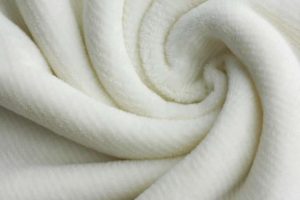
These are a necessity when cooler weather arrives, especially if your massage space and building are difficult to warm quickly. Most table warmers have a fleece or similar soft covering for comfort sake. A healthy temperature at which to set warmer is 110o—120o. Anything beyond 120 could irritate skin and affect clients with blood pressure challenges. Be sure to have at least one layer of protective linens between your base linen and the warmer itself to help prevent cross contamination of pathogens.
9. Cooling Agents
At times, a client’s tissues may be highly irritable to normal massage touch. Cooling agents assist in moments like this as these agents will reduce inflammatory response allowing a client to receive classic Swedish style massage. Most massage product companies have their version of cooling additives or products with varying other therapeutic elements added. Be sure to read labels to see what chemical or scent a company added to enhance their cooling agent.
10. Muscles Review App
Reviewing anatomy is always a helpful activity in our field since we interact with every client’s body, especially the musculoskeletal system. Prepping prior to session with a trusted app will help you remember the major muscles to address, including their functions and bony attachments. Addressing an entire muscle from origin or insertion makes any muscle treatment more effective, so being able to review this kinesiology content prior to session is highly valuable.
Bonus: Your Next CE class already planned
Now is a wonderful time to plan ahead on your continuing education plans for next year. A successful mindset values education and self-improvement. Select classes you feel will 1) challenge you thereby forcing you to grow and 2) will benefit your clientele by augmenting their treatments with you! The value of continuing education lies in the continued learning and growth achieved by the therapist. Becoming complacent can be detrimental to business, especially in a highly competitive massage market, so one’s ability to improve their skill set becomes imperative over time. Be sure to stay ahead (or at the least keep up with) your competition!











